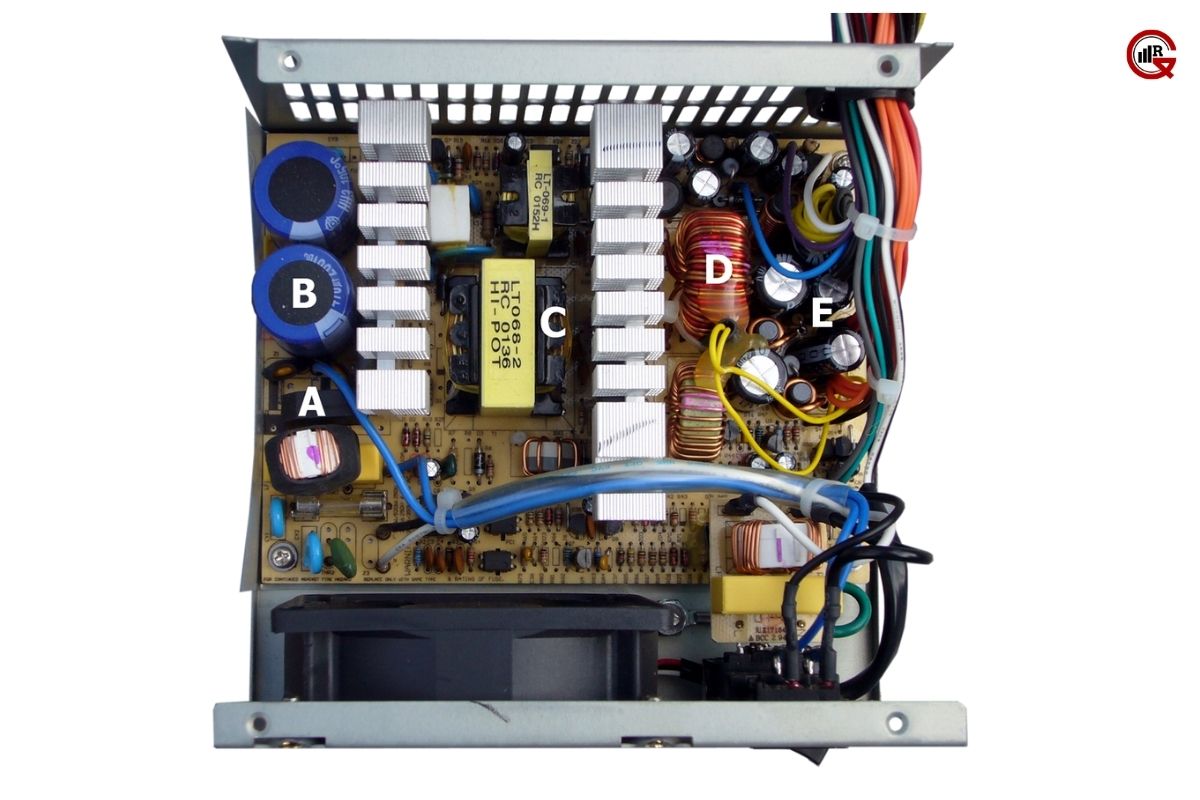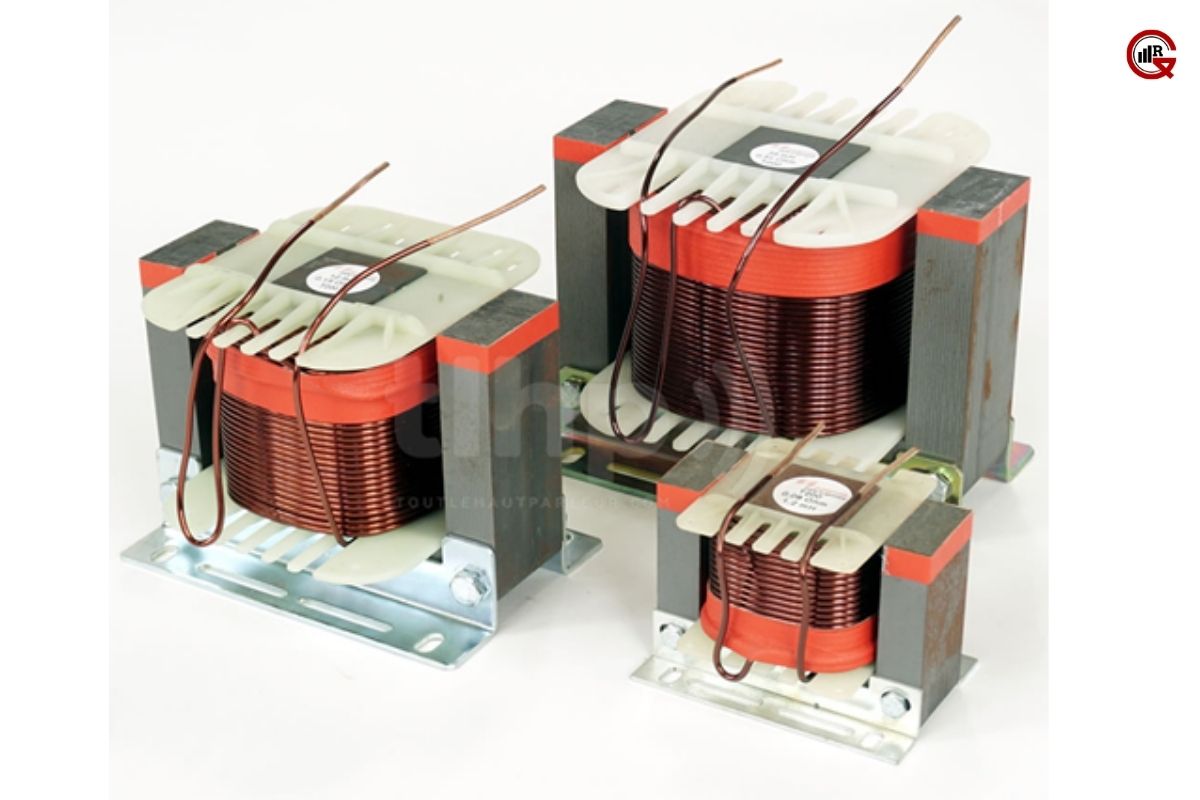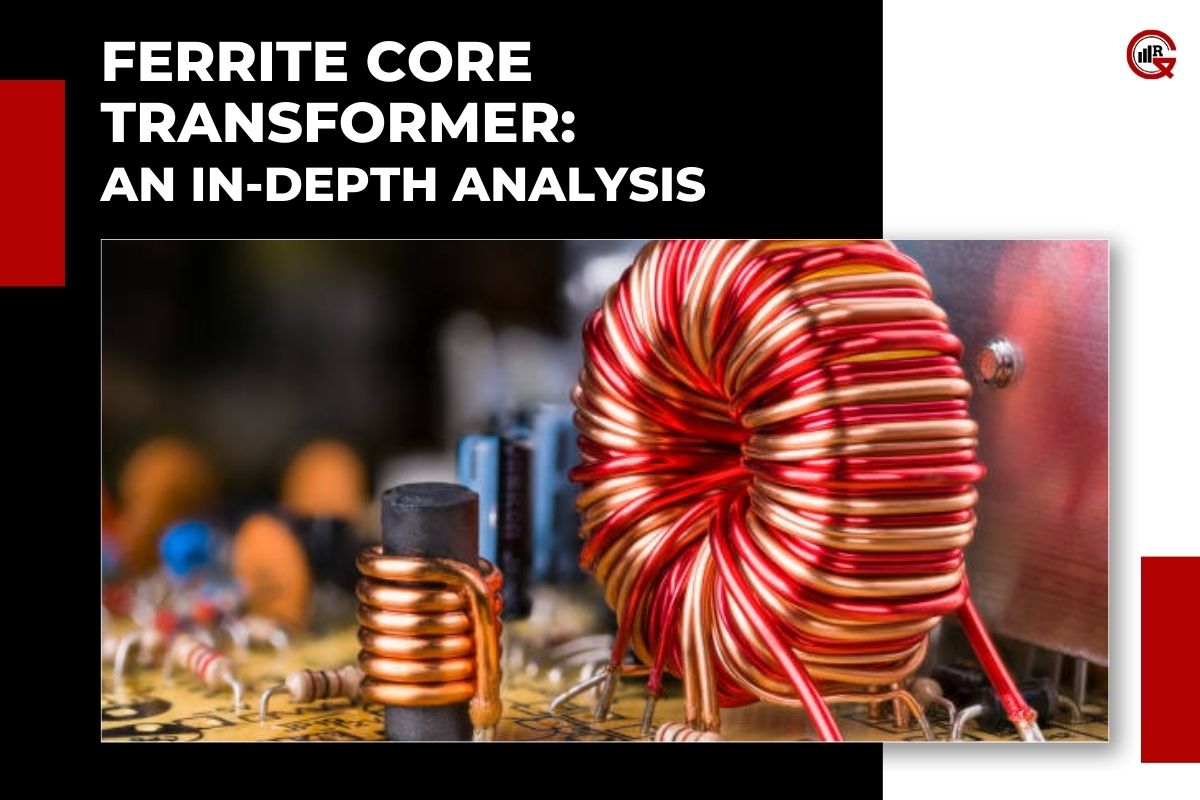(Source – Ocean Property)
Ferrite core transformers are critical components in modern electronics, known for their efficiency, high-frequency performance, and compact size. These transformers utilize ferrite cores, which are composed of ceramic compounds consisting of iron oxide mixed with other metallic elements. FCTs are widely used in various applications, including power supplies, signal processing, and telecommunications. This article delves into the structure, function, advantages, and applications of ferrite core transformers.
Structure of Ferrite Core Transformers
An FCT consists of two main parts: the core and the windings. The core is made of ferrite material, which is a type of magnetic ceramic. The windings are made of conductive wire, usually copper, which is wound around the core to create inductance.
Ferrite Core: Ferrite materials are chosen for their magnetic properties and high electrical resistivity. They are typically composed of iron oxide mixed with small amounts of other metals such as manganese, zinc, or nickel. The high resistivity of ferrite materials reduces eddy current losses, making them ideal for high-frequency applications.
Windings: The primary and secondary windings are coils of wire that are wound around the ferrite core. The primary winding is connected to the input voltage source, while the secondary winding is connected to the output load. The number of turns in each winding determines the voltage transformation ratio of the transformer.
Working Principle: Ferrite core transformers operate on the principle of electromagnetic induction. When an alternating current (AC) flows through the primary winding, it creates a magnetic field in the ferrite core. This magnetic field induces a voltage in the secondary winding. The voltage induced in the secondary winding depends on the turns ratio of the transformer, which is the ratio of the number of turns in the primary winding to the number of turns in the secondary winding.

The efficiency of this energy transfer is influenced by the properties of the ferrite material. Ferrite cores have high permeability, which means they can easily become magnetized, and high electrical resistance, which reduces energy losses due to eddy currents.
Advantages of Ferrite Core Transformers
FCTs offer several advantages over transformers with other types of cores, such as silicon steel cores. Some of the key advantages include:
1. High-Frequency Performance: Ferrite cores are highly effective at high frequencies, typically in the range of tens of kilohertz to several megahertz. This makes them ideal for applications such as switch-mode power supplies (SMPS), radio frequency (RF) transformers, and pulse transformers.
2. Low Energy Loss: The high electrical resistivity of ferrite materials significantly reduces eddy current losses, which are common in metallic cores. This leads to higher efficiency and less heat generation.
3. Compact Size: FCTs can be made smaller than their iron core counterparts while delivering the same power levels. This is particularly advantageous in applications where space is limited, such as in portable electronic devices.
4. Lightweight: Ferrite cores are lighter than metal cores, which contributes to the overall reduction in the weight of electronic devices. This is particularly beneficial in aerospace and mobile applications.
5. Cost-Effective: Ferrite materials are relatively inexpensive to manufacture, and the production processes for ferrite cores are well-established. This makes FCTs cost-effective for mass production.
Applications of Ferrite Core Transformers
The unique properties of FCTs make them suitable for a wide range of applications. Some of the most common applications include:
1. Switch-Mode Power Supplies (SMPS): FCTs are integral components in SMPS, which are used to convert electrical power efficiently. These power supplies are found in computers, televisions, and other electronic devices that require regulated power.

2. Telecommunications: In telecommunications, ferrite core transformers are used for impedance matching and isolation. They help in transmitting signals with minimal loss and distortion over long distances.
3. RF Transformers: FCTs are used in RF applications, such as in radio and television broadcasting, to match impedance and transfer signals between different stages of the equipment.
4. Inductive Components: Ferrite cores are used in inductors and chokes, which are essential components in filtering and tuning circuits. They help in suppressing noise and stabilizing signals.
5. Medical Equipment: In medical electronics, FCTs are used in devices such as MRI machines and other diagnostic equipment. Their high efficiency and low electromagnetic interference (EMI) are crucial in sensitive medical applications.
6. Automotive Industry: In the automotive sector, FCTs are used in electric vehicles (EVs) and hybrid electric vehicles (HEVs) for power conversion and battery charging systems.
Design Considerations
Designing a ferrite core transformer involves several critical considerations to ensure optimal performance. These include:
1. Core Selection: Choosing the right ferrite material based on the frequency range and power requirements is crucial. Different ferrite materials have different permeability and loss characteristics.
2. Winding Configuration: The configuration and number of turns in the primary and secondary windings must be carefully calculated to achieve the desired voltage transformation ratio and efficiency.

3. Cooling: Although FCTs generate less heat than metal core transformers, adequate cooling mechanisms should be in place to manage the heat produced during operation.
4. Shielding: To minimize electromagnetic interference (EMI), proper shielding techniques should be employed, especially in applications where the transformer is located near sensitive electronic components.
Challenges and Future Trends
Despite their many advantages, ferrite core transformers also face some challenges. These include:
1. Saturation: Ferrite materials can become saturated at high magnetic flux densities, which can limit the maximum power handling capacity of the transformer.
2. Temperature Sensitivity: Ferrite materials can exhibit changes in their magnetic properties with temperature variations, which can affect the performance of the transformer.
Future trends in FCTs are likely to focus on improving material properties to handle higher power levels and frequencies. Advances in nanotechnology and material science may lead to the development of new ferrite compounds with enhanced performance characteristics.
Conclusion
Ferrite core transformers play a vital role in modern electronics, offering high efficiency, excellent high-frequency performance, and compact size. Their applications span across various industries, including telecommunications, automotive, medical, and consumer electronics. As technology advances, the demand for efficient and reliable FCTs is expected to grow, driving further innovation and development in this field. By understanding the principles, advantages, and applications of ferrite core transformers, engineers and designers can better leverage these components to create more efficient and powerful electronic devices.






